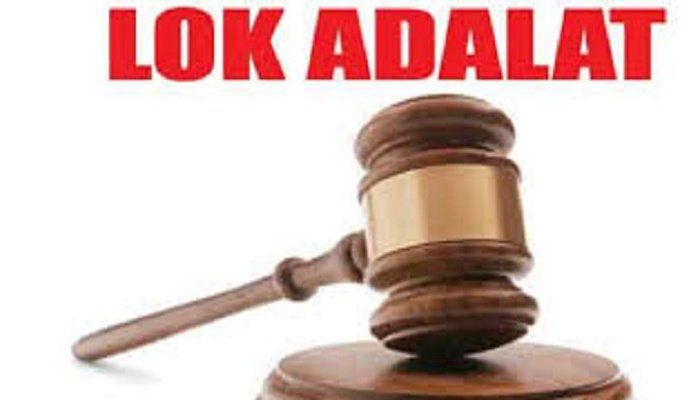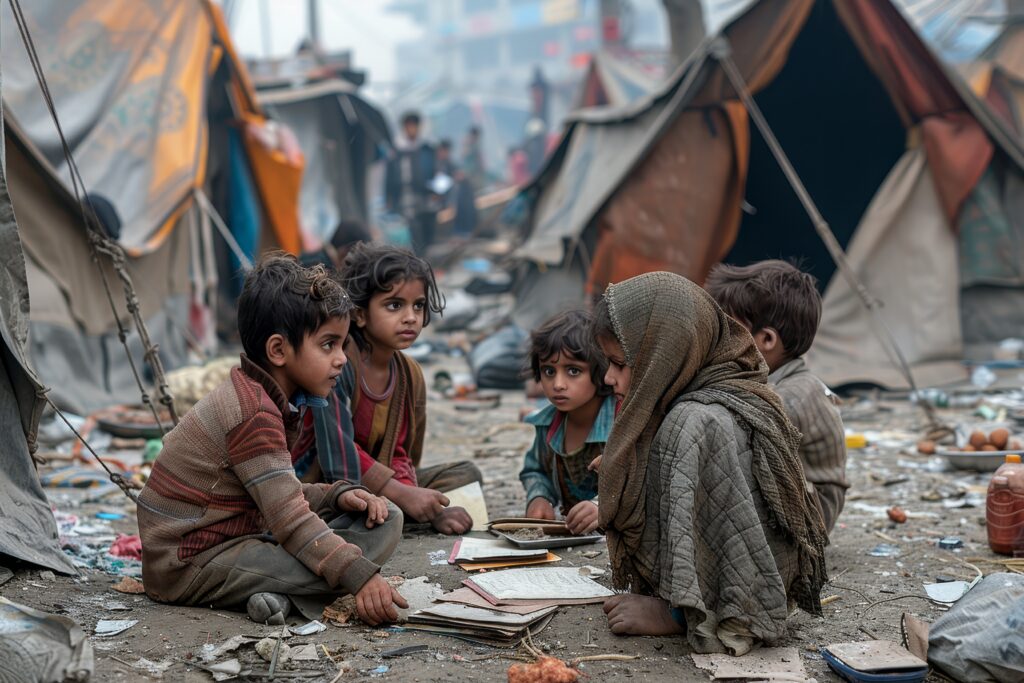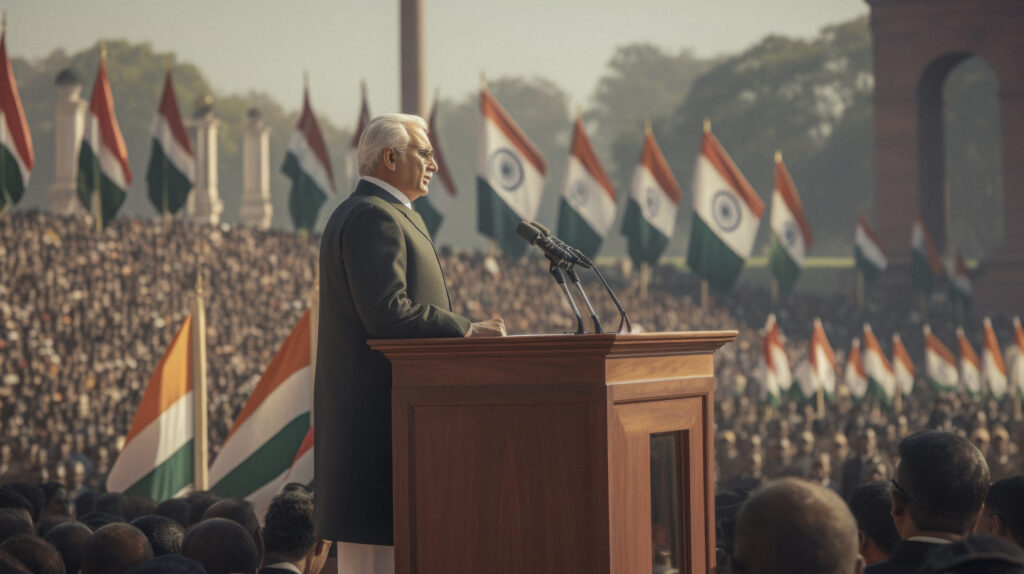How to file a case in Lok Adalat
The Lok Adalat (People’s Court) is one of the most effective and popular methods of alternative dispute resolution (ADR) in India. It was established under the Legal Services Authorities Act, 1987 to provide speedy, affordable, and amicable justice to people. If you have a dispute and want to avoid long court battles, filing a case in Lok Adalat is a simple and cost-effective option. In this blog, we will explain how to file a case in Lok Adalat step by step. Step 1: Identify if Your Case is Eligible Lok Adalat deals with civil cases and compoundable criminal cases. Some examples include: Family and matrimonial disputes Property and land disputes Bank recovery cases Labour disputes Motor accident compensation claims Compoundable criminal cases (like minor assault, defamation, cheque bounce etc.) Cases involving serious and non-compoundable criminal offences (like murder, rape, terrorism, etc.) cannot be filed in Lok Adalat. Step 2: Contact the Legal Services Authority You can approach the District Legal Services Authority (DLSA), State Legal Services Authority (SLSA), or the National Legal Services Authority (NALSA). These bodies organize Lok Adalats regularly. For assistance, you can also call the National Legal Services Authority Helpline – 15100. Step 3: File an Application To file a case in Lok Adalat, you need to submit a simple application either directly to the Legal Services Authority or through your lawyer. The application should include: Your name, address, and contact details Details of the dispute Case number (if already pending in court) Request for settlement in Lok Adalat Good news: There is no court fee for filing a case in Lok Adalat. Step 4: Notice to the Other Party Once your application is accepted, a notice will be sent to the opposite party. If they agree to participate, the matter will be listed in the next Lok Adalat sitting. Step 5: Hearing in Lok Adalat The case is heard by a panel of conciliators, usually comprising: A judicial officer (sitting or retired judge) A lawyer A social worker The panel helps both parties to negotiate and reach a compromise. Step 6: Settlement and Award If both parties agree, a settlement is recorded, and the Lok Adalat passes an award. The award is final and binding on both parties. It has the status of a civil court decree. No appeal can be made against the award (but a fresh case can be filed in a regular court, if needed). Benefits of Filing a Case in Lok Adalat Free of cost (court fee is refunded if case was already filed in court) Quick disposal (cases resolved in a single day) Binding decision (legally enforceable) Amicable solution (maintains relationships) Filing a case in Lok Adalat is a simple and effective way to resolve disputes without getting stuck in lengthy litigation. With no cost, speedy process, and binding outcomes, it serves as a people-friendly justice system in India. If you are involved in a dispute, you should explore the option of Lok Adalat for a faster and stress-free resolution. Disclaimer: This blog is for informational purposes only and should not be treated as legal advice. We are not doing any advertisement or solicitation work. For case-specific guidance, please consult a qualified lawyer or approach your nearest Legal Services Authority.









